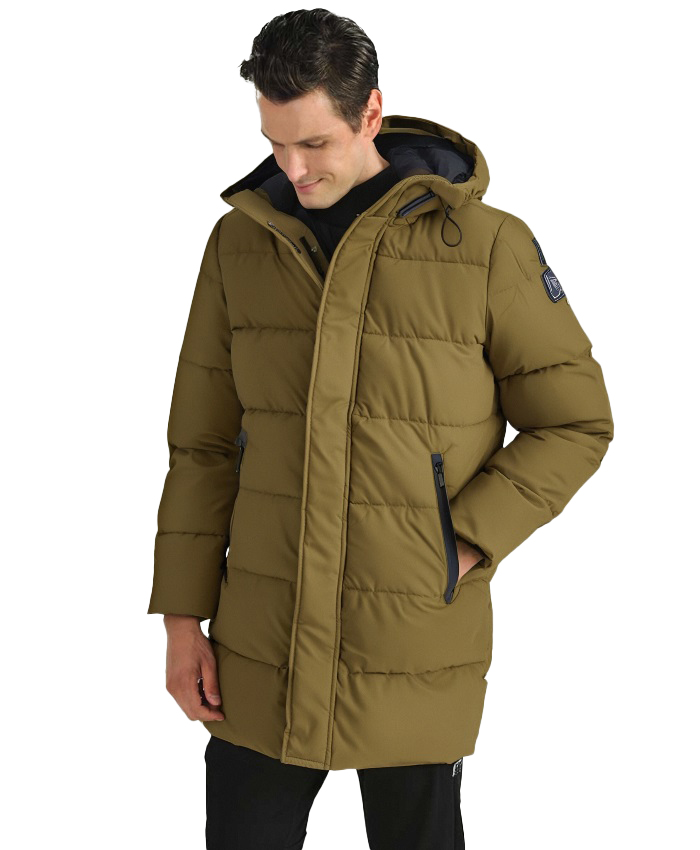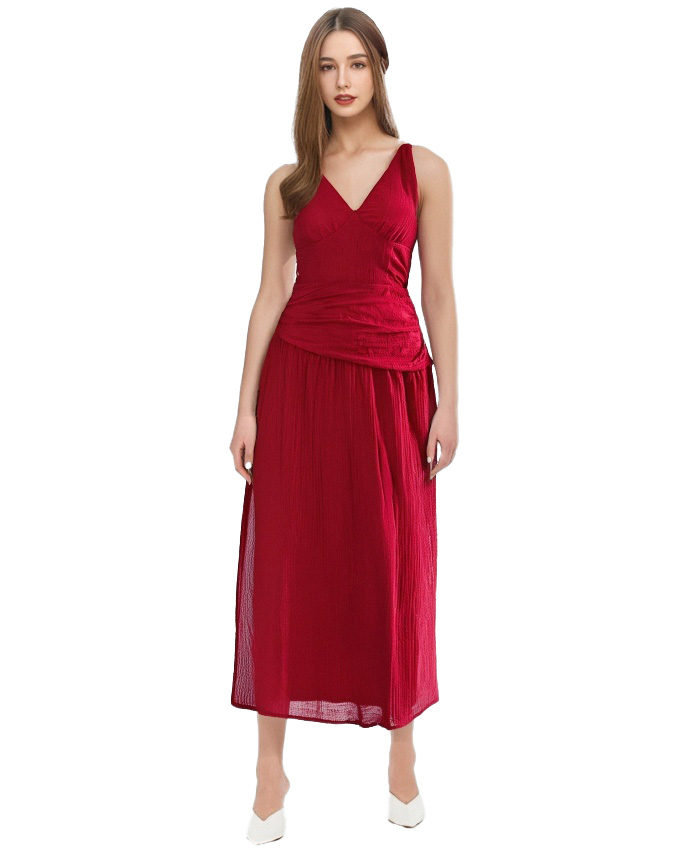As climate change reshapes our world, outwear is evolving to meet new challenges. From jackets that regulate body temperature to coats made from recycled ocean plastic, innovation is redefining what garments can do. Let’s explore the cutting-edge technologies and sustainable practices shaping the future of apparel.

1. Climate-Responsive Materials
Extreme weather demands smarter fabrics. Brands are turning to:
- Phase-Change Materials (PCMs): Embedded microcapsules absorb or release heat to keep you comfortable. Used in brands like Ministry of Supply.
- Solar-Reactive Textiles: UV-blocking fabrics that tighten weaves in sunlight, like Colombia’s Solar Reflector jackets.
- Waterless Dyeing: Techniques like DyeCoo use CO2 instead of water, reducing waste in colorful outwear.
Pro Tip: Look for certifications like Bluesign or Fair Trade to ensure eco-friendly production.
2. High-Tech Outwear for Urban Life
City dwellers need apparel that’s both functional and stylish. Innovations include:
- Built-In Air Purification: Scarves and masks with filters to combat pollution (e.g., Aō Air).
- Self-Cleaning Coatings: Nanoparticle treatments repel stains and odors, perfect for commuting.
- Hidden Tech Pockets: Zippered compartments for phones, keys, or even solar-powered chargers.
Must-Have Piece: A trench coat with water-repellent fabric and a detachable hood for unpredictable urban weather.
3. Sustainable Outwear: From Waste to Wardrobe
The apparel industry is tackling its environmental impact head-on:
- Recycled Materials: Patagonia’s Recycled Down collection uses post-consumer羽绒.
- Biodegradable Fabrics: Mushroom leather (Mylo) and algae-based yarns are replacing plastics.
- Circular Design: Brands like North Face Renew refurbish and resell used outwear.
Case Study: Econyl transforms discarded fishing nets into sleek outerwear linings, diverting 7,000 tons of waste annually.
4. Customization and 3D Printing
Personalization is the future. Imagine:
- Tailored Fit: Apps scan your body to create custom-sized parkas.
- On-Demand Prints: Choose a digital pattern, and your jacket is printed locally in 48 hours.
- Modular Design: Zip-off sleeves, reversible liners, or attachable hoods let one coat adapt to multiple climates.
Brands to Watch: Vollebak (experimental materials) and Ministry of Supply (3D-knit blazers).
5. The Role of AI in Design
Artificial intelligence is streamlining apparel creation:
- Trend Prediction: Algorithms analyze social media to forecast colors and styles.
- Virtual Prototyping: Designers test outwear in digital environments, reducing physical waste.
- Supply Chain Optimization: AI predicts demand to minimize overproduction.




